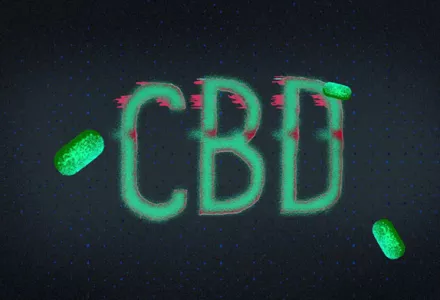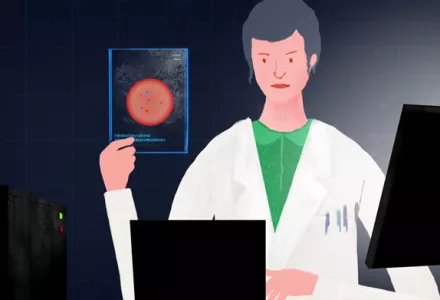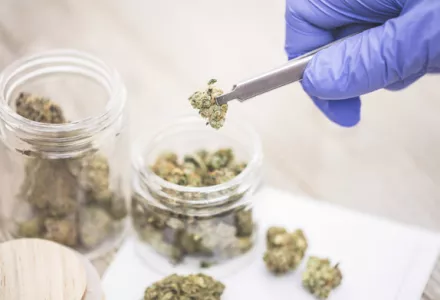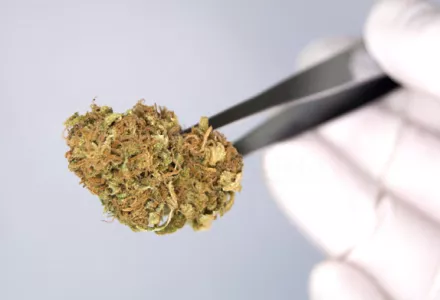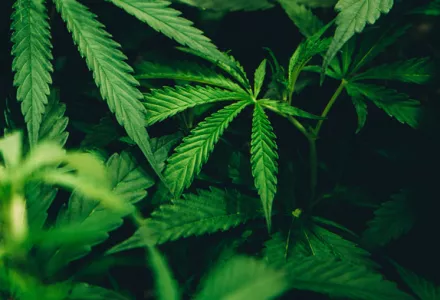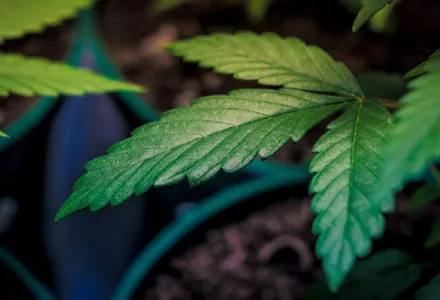This is an article created by Fundacion CANNA, a Spanish non-profit organization that carries out studies and conducts research on Cannabis and its active compounds. Its main focus is on Cannabis plants and their active compounds, related studies and scientific research, especially regarding its effects on the human body and mind and regarding Cannabis use and its derivatives. Fundación CANNA has it’s own laboratory where different kind of tests are performed.
Over recent years, cannabis has been rapidly changing from a recreational drug to a medicine. In other words, an unregulated product used for fun or adventure is turning into a medicine for seriously ill patients in need of a reliable product. This transition has important consequences for the quality standards that we should expect from cannabis products.
For example, patients usually do not want to become high. Instead, they want to function well enough to get out of the house, drive a car, or visit with family. For them, getting high is mostly an unwanted side effect. On the other hand, patients want to take enough cannabis to feel the desired therapeutic effect. That means the quantity of THC present in a cannabis product is important to know, in order to give the patient an idea about the right dosage. Additionally, patients may have a weakened immune system. They must be protected against harmful additives such as pesticides, harmful micro-organisms and fungal toxins produced by certain moulds.
To know what a product contains as active ingredients while also being sure it does not contain any harmful additives is important for all products being used as a medicine. Cannabis is no exception to this. This goal can be achieved by a combination of proper standardization and reliable quality control of cannabis products.
Read more about these elements & methods to analyse cannabinoids



